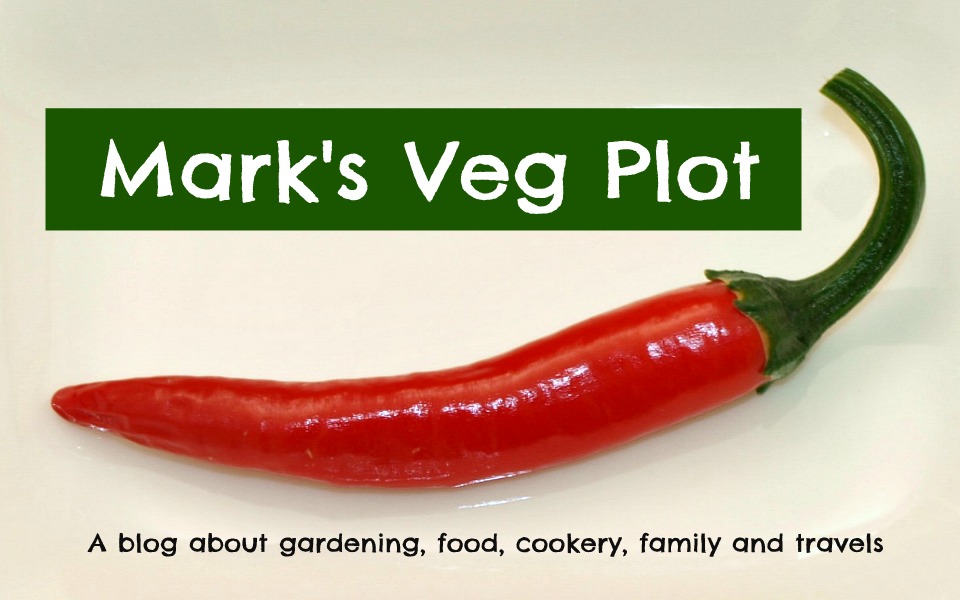Anyway, the Shallots are dried! I'm sure most of you will know this, but for the sake of any beginners who may be reading this, drying Shallots "cures" the outer skins and thus preserves them for future use. Once dried, Shallots will keep for months if stored in the right conditions (dry and relatively cool). You need to dry them until the leaves wither completely and fall off. The remaining bulbs will have papery golden-coloured skins. Discard any that feel soft - or use them immediately if they look OK inside and don't small musty.
This is the complete harvest. Not a lot of course, but that is the norm in my plot - small quantity, but big quality!
The total yield amounts to 1.4kg. I think that about half of these will eventually be pickled in spiced vinegar, but the rest (the bigger ones) will be used as general-purpose culinary shallots. We use quite a few of them in things like French Dressing.
I took lots of photos of the Shallots. To me they are things of beauty! The russety paper-like outer skins barely conceal the rich purple inner layers.
Although my crop has not been huge (the return was about three times what I planted), I have learned a lot about growing Shallots this year. The wider spacing I used this time (25cm) has definitely made a diference. Last year the yield was only twice what I planted, which is a marginal result - almost not worth the effort. Of course the weather may have had an influence too, and that is infinitely variable.
One other thing I learned is that growing Shallots in pots is definitely possible.
When I planted the main crop sets, I had 8 left over (the smallest ones) and I put them into two big flower-pots. Despite the reservations I expressed at the time, they did OK. They were perhaps not quite as good as the ones in the main bed, but certainly worthwhile. If you don't have space in your garden or allotment for growing Shallots, I would therefore say it is worth considering growing some in pots.
